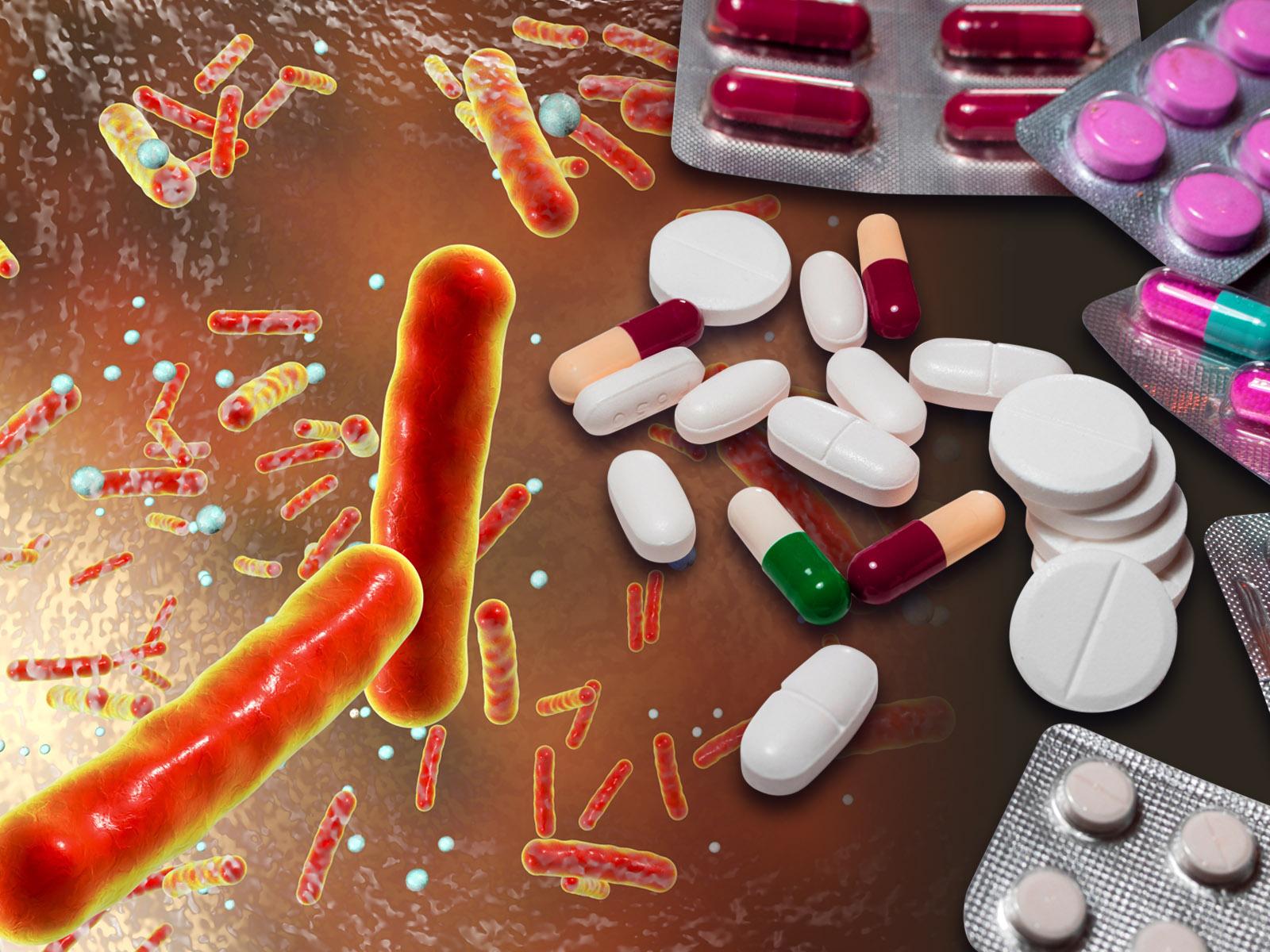Did you know that microorganisms were used even before their existence was known? Yes, that’s true. For example, the productions of fermented beverages and the leavening of bread are traditional processes that came down from hundreds and thousands of years before.
Industrial microbiology includes the use of microorganisms to manufacture food or industrial products in large quantities. For this, from naturally occurring organisms to laboratory selected mutants or even genetically modified organisms are used. These are used for the production of antibiotics, food products, enzymes, amino acids, vaccines and etc. covering the areas of health care, agriculture, food production and environmental management.

You all have heard of antibiotics. Antibiotics are medicines which are metabolic products of several harmless microorganisms that help fight infections caused by pathogenic bacteria. This is done by killing the bacteria or inhibiting their growth. Some of the very important antibiotics currently used in medicines are products of microbes. Penicillin which is often used to treat infections caused by Streptococcus and other gram-positive bacteria is a product of Penicillium molds. Streptomycin used to treat bacterial infections is produced by Streptomyces griseus. Also Saccharopolyspora erythraea produce Erythromycin which is also used for the treatment of bacterial infections.
Microorganisms are also beneficial in the production of vitamins. Vitamins B2 and B12, vitamins C and A are produced both chemically and microbiologically while some other vitamins such as Vitamin D, K, B3 and B5 have at least one or more microbial enzymatic steps. Cobalamin bacteria, Streptomyces olivaceus, Bacillus megatherium are responsible for the production of Vitamin B12 while vitamin B2 is produced by Ashbya gossypii, Eremothecium ashbyii, Closteridium bytricum and Vitamin C by suboxydans of Acetobacter.
As you know, microbial bio fertilizers play a huge role in agriculture. They consist of living microorganisms that are added to the soil to get an increased plant growth and crop yield by providing increased amounts of nutrients. Several commonly used bio fertilizers are phosphate stabilizers (Pseudomonas sp.), nitrogen-fixing bacteria (Rhizobium, Azotobacter) and cyanobacteria (Anabaena) and cellulolytic microorganisms. They enhance certain microbial processes to increase the availability of the nutrients. These are low cost, renewable sources of plant nutrients.

Use of microorganisms for the production of alcoholic beverages began thousands of years ago even a scientific background was unknown at the time. This process is basically based on the fermentation of yeast. Yeast is so important since it can act on various types of sugars and give a final product of carbon dioxide and alcohol. A number of alcoholic beverages as wine, beer, whisky, brandy, rum produced from malted cereals and fruit juices.
Wine is made from grapes or other fruits and the consistency of the final product is improved with the help of Saccharomyces cerevisiae. Beer, the most consumed alcoholic beverage in the world is made from malted barley, malted wheat or sometimes from rice. The process is called brewing and Saccharomyces cerevisiae and Saccharomyces uvarum help this fermentation process.
When we hear the name microorganisms or microbes, we almost all the time think of them as disease causing agents. But only a few percentage cause diseases and as you see here, most of the time microorganisms help humans to make their life easier.